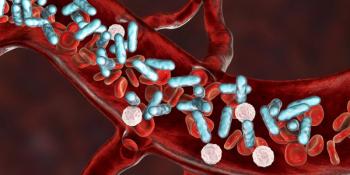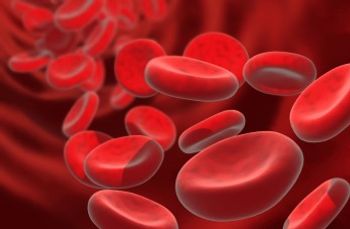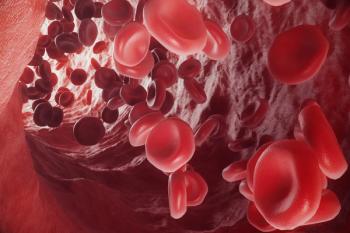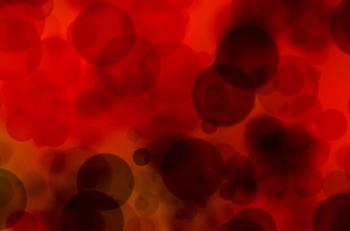
MK-6482 Demonstrates Durable Efficacy For VHL-Associated Clear Cell RCC
A phase 2 study found that the investigational HIF-2α inhibitor MK-6482 has durable efficacy in patients with Von Hippel-Lindau associated clear cell renal cell carcinoma and non-renal lesions.
The investigational HIF-2α inhibitor MK-6482 has durable efficacy in patients with Von Hippel-Lindau (VHL)-associated clear cell renal cell carcinoma (RCC) and non-renal lesions, according to phase 2 data presented at the 21st Annual Meeting of the Society of Urologic Oncology.
At a median follow-up of 68.7 weeks (range, 18.3-104.7), the objective response rate (ORR) in RCC lesions among 60 evaluable patients was 36.1%, comprising 22 confirmed partial responses (PRs). There were also 7 unconfirmed PRs. Overall, 91.8% (n = 56) of patients had at least some decrease in the size of target lesions.
The median time to response in renal tumors was 31 weeks, although responses were observed as long as 61 weeks after the start of therapy. The median duration of response had not yet been reached and the progression-free survival rate at 52 weeks was 98.3%.
Thirty-eight (62.3%) patients reached stable disease, 1 patient was not evaluable for response, and 0 patients had progressive disease.
“Promising clinical activity was observed with MK-6482 in treatment-naïve patients with VHL-associated RCC,” said lead study author Ramaprasad Srinivasan, MD, PhD, Urologic Oncology Branch, National Cancer Institute, Bethesda, Maryland.
Key eligibility criteria for the open-label phase 2 study (NCT03401788) included a confirmed diagnosis of VHL disease (based on germline mutation), at least 1 measurable RCC tumor, and an ECOG performance status of 0 or 1. Prior systemic anticancer therapy was not allowed and patients with metastatic disease were excluded from enrollment.
Overall, the study included 61 patients with a median age of 41 years (range, 19-66). Thirty-two (52.5%) patients were male, and 29 (47.5%) were female. Fifty patients had an ECOG performance status of 0, 10 patients had a performance status of 1, and 1 patient had a performance status of 2. In addition to renal tumors, all 61 patients had pancreatic lesions, 43 patients had brain hemangioblastomas, and 16 patients had retinal lesions.
Patients received 120 mg of oral MK-6482 once daily. Tumors were evaluated at initial screening and then every 12 weeks. The primary end point was ORR by central review, with secondary end points including ORR in non-RCC lesions, duration of response in RCC and non-RCC lesions, and safety.
At a minimum follow-up of 60 weeks, 56 (91.8%) patients remained on treatment.
Clinical activity with MK-6482 was observed in non-RCC lesions. The confirmed ORR in pancreatic lesions was 63.9%, including 4 complete responses. The confirmed ORR in brain hemangioblastomas was 30.2%, with a CR rate of 11.6%. Also, 11 (68.8%) of 15 patients with retinal lesions demonstrated improvement in these lesions, with the 4 other patients reaching stable disease.
Safety data showed that 60 of the 61 patients had at least 1 treatment-related adverse event (TRAE). The most common all-cause AE was grade 1/2 anemia, occurring in 51 (83.6%) patients. Eight (13.1%) patients had a grade 3 TRAE. Four (6.6%) patients had grade 3 anemia. There were no grade 4 or 5 TRAEs. There was 1 discontinuation due to a TRAE (grade 1 dizziness).
Reference
Srinivasan R, Donskov F, IIiopoulos O, et al. Oral HIF-2α inhibitor MK-6482 for Von Hippel-Lindau (VHL) disease–associated clear cell renal cell carcinoma: evaluation of RCC and non-RCC disease. Presented at: 21st Annual Meeting of the Society of Urologic Oncology; December 2-5, 2020; Virtual. Abstract 10
Newsletter
Stay up to date on recent advances in the multidisciplinary approach to cancer.

















































































